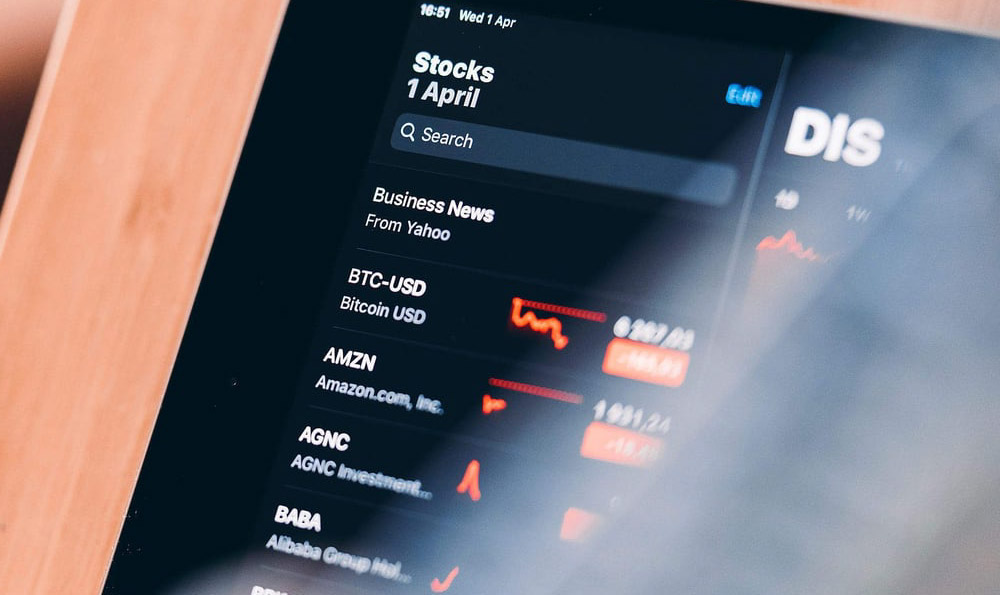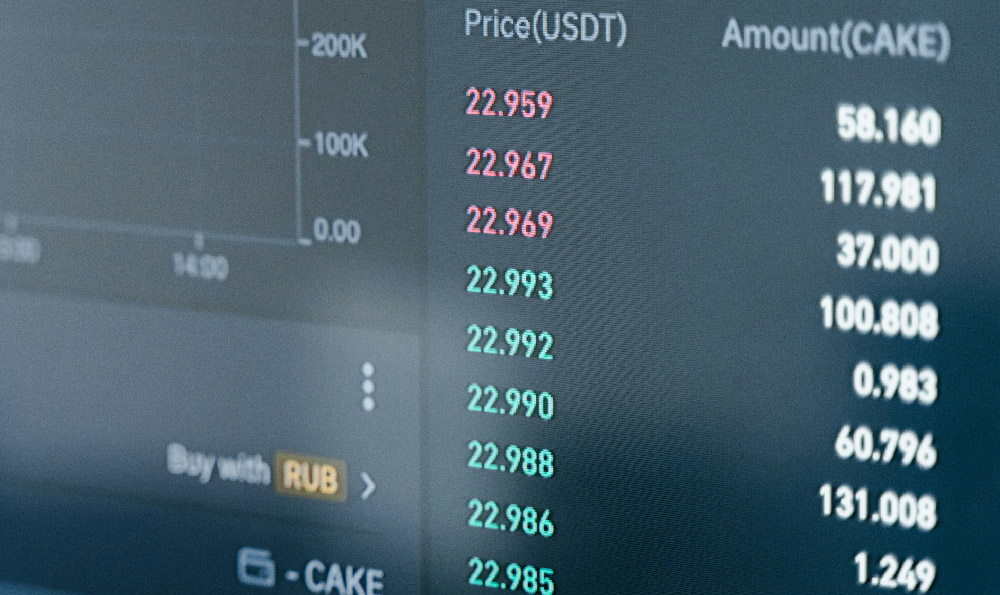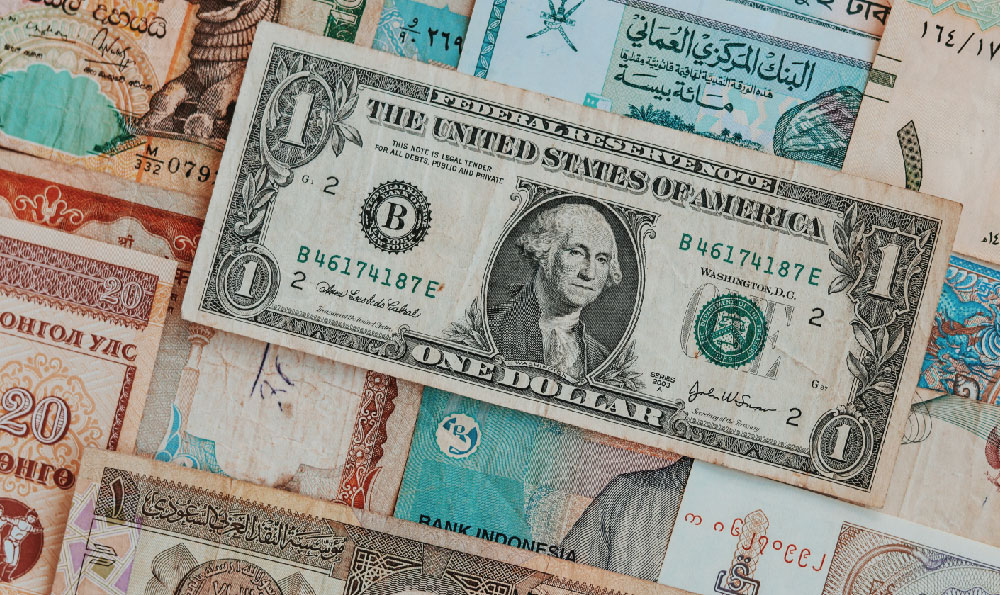Uber Eats Driver Income: How Much Can You Earn Per Hour?

Uber Eats has become a significant platform for flexible income generation, offering drivers the opportunity to monetize their vehicles and time. The question of how much one can earn through this service per hour is complex, as it intertwines factors like location, demand, and operational efficiency. In bustling urban centers where food delivery is a daily necessity, the income potential for drivers tends to fluctuate based on the number of orders received and the time of day. However, in less densely populated areas, drivers may face challenges such as lower demand and longer wait times, which can affect their hourly earnings. Understanding these dynamics is crucial for anyone considering this avenue as a side hustle or full-time income source.
The income per hour for Uber Eats drivers varies significantly across regions. In cities like New York or Los Angeles, where the service operates extensively, drivers often report higher earnings due to the sheer volume of delivery requests. For instance, during peak hours—such as lunchtime or evenings—orders increase, enabling drivers to complete more deliveries in shorter periods. According to data from Uber Eats, in some metropolitan areas, the average earnings per hour can range from $15 to $25, depending on the number of successful orders and the price per delivery. Conversely, in smaller cities or rural regions, the average income might be lower, with some drivers earning as little as $10 per hour due to limited visibility or competition. However, this doesn't mean it's unprofitable; drivers in such areas often compensate by focusing on higher-demand times, such as late nights or weekends, when the workload is lighter but the price per delivery is higher.
Workload and demand are inextricably linked to the hourly earnings of Uber Eats drivers. During times of high turnover, like holidays or sporting events, the demand for food delivery surges, allowing drivers to maximize their income. Conversely, during off-peak hours, drivers may experience a shortage of orders, which can reduce their hourly earnings or even lead to inactive periods. To optimize their earnings, drivers often adjust their availability to align with peak times. For example, some drivers choose to operate during evenings and nights, when the demand for food delivery is higher and the waiting time for orders is shorter. This not only increases the number of deliveries completed per hour but also allows drivers to leverage higher surge pricing, which is often applied during periods of high demand. Studies indicate that surge pricing can increase hourly earnings by up to 30%, making it a valuable tool for maximizing income.

Another critical factor is the pricing structure of Uber Eats. The price per delivery is determined by the platform’s algorithm, taking into account the distance between the restaurant and the customer, the estimated delivery time, and the regional demand. Drivers in areas with high competition may receive lower prices per delivery, while those in regions where the service is less established may face higher exposure and better compensation. For instance, in a city where the delivery service is widely used, the price per delivery might be around $5 to $7, but in a less saturated market, the price could double or even triple. This creates a scenario where drivers need to balance between earning potential and the volume of orders received.
In addition to price variations, drivers must consider their personal strategies for income maximization. Some drivers focus on completing as many deliveries as possible in a short time, while others prioritize quality over quantity by ensuring timely and safe deliveries. The former approach may yield higher hourly earnings but could lead to driver burnout, while the latter may increase customer satisfaction and repeat orders, generating more long-term income. Drivers who adopt flexible schedules, such as working during hours when demand is high, often report better financial returns. They may also use navigation technologies, like real-time traffic updates and optimized delivery routes, to reduce travel time and increase the number of deliveries per hour.
The income from Uber Eats is not just about the number of deliveries but also about the overall expenditure related to operating the service. Drivers must account for fuel costs, vehicle maintenance, and the need for insurance for their delivery vehicles. In some cases, drivers may also invest in additional protection, such as insurance or safety equipment, to mitigate risks associated with urban driving. These costs can vary depending on the driver’s location, vehicle type, and driving habits. For example, drivers in areas with high fuel prices may need to budget more for expenses, while those in regions with cheaper fuel can potentially increase their net income.
Maximizing income through Uber Eats also requires drivers to understand the service’s payout structure. Base earnings are typically calculated per delivery, but drivers can also earn additional income through incentives, such as referral bonuses or completing a certain number of deliveries within a timeframe. Some drivers choose to focus on earning bonus income, which can be particularly beneficial in areas where regular deliveries are less frequent. Similarly, Uber Eats has introduced performance-based rewards, encouraging drivers to maintain high ratings and consistency, which in turn can lead to better compensation and increased customer trust.
For those considering Uber Eats as a sustainable income source, it’s essential to view it as part of a broader financial strategy. Many drivers supplement their income with other services, such as driving for other ride-hailing platforms or delivery apps. This diversification not only helps in stabilizing income but also allows drivers to reduce the risk of empty periods. Additionally, some drivers may choose to invest in their vehicles, such as purchasing fuel-efficient models or adding safety features, to enhance their earning potential and reduce long-term costs.
In conclusion, the hourly income for Uber Eats drivers is influenced by a multitude of factors, including location, demand, and operational strategies. While income can vary widely, drivers have the flexibility to tailor their approach based on these variables. By understanding the service’s dynamics and adopting effective strategies, drivers can optimize their income potential. However, it’s crucial to remember that earnings are not guaranteed and depend on the driver’s ability to adapt to changing conditions. For anyone interested in this opportunity, a thorough understanding of the service’s ecosystem and a proactive approach to managing their role can make a significant difference in their financial outcomes.















